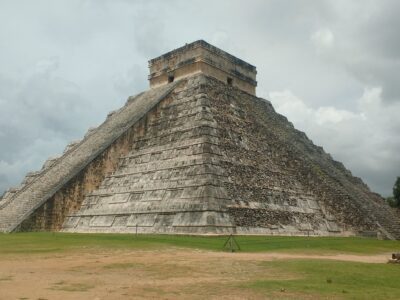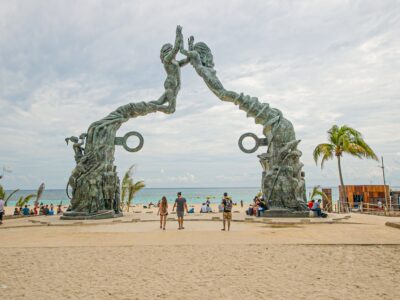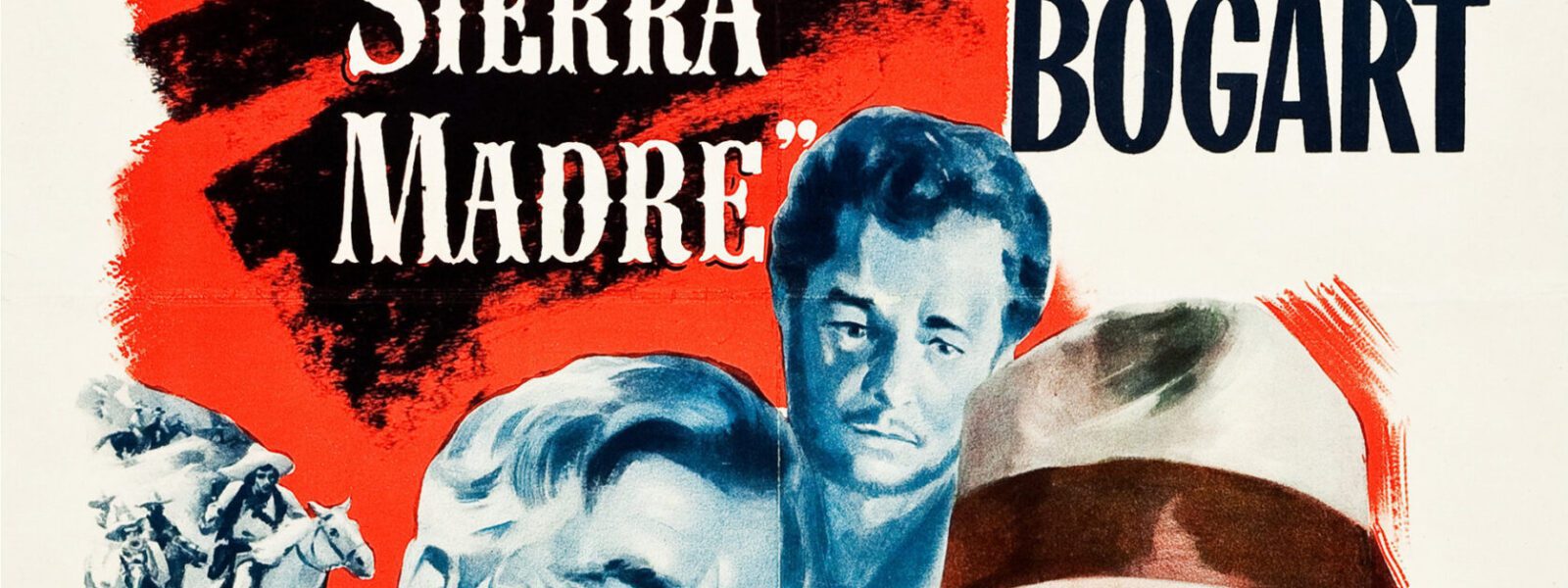Within Mexican literature, we find gems that have endured the test of time and cemented their place in universal history. Works such as Los Bandidos del Río Frío by Manuel Payno, El Laberinto de la Soledad by Octavio Paz, or El Llano en Llamas by Juan Rulfo captures the soul of a nation, transforming it into art. Yet, few stories transcend the literary realm to become enigmas as captivating as that of the man behind The Treasure of the Sierra Madre and Macario: Bruno Traven.
What if I told you that two of the most significant masterpieces in Mexican narrative were written by someone whose identity remains a mystery? An author who shunned the spotlight, rejected public recognition, and left behind a legacy that, rather than being defined by a name, is an enduring body of work that has outlived time, scrutiny, and speculation.
Few stories in journalism possess the magnetism of Bruno Traven’s case. An enigmatic writer whose texts vividly depict the exploitation of Mexico’s indigenous people and the social conflicts of his time, Traven became a figure who fascinated journalists, researchers, and literary critics alike.
But… who was Bruno Traven?
Theories about his identity are as varied as they are intriguing. Some suggest he was German, an anarchist fleeing Europe. Others propose he was an American weary of his homeland or even a Scandinavian with revolutionary inclinations. He has been described as a failed actor, a radical journalist, or a literary genius who chose invisibility.
One name linked to Traven is Ret Marut, a supposed German actor and anarchist who edited an anarchist newspaper in Germany called Der Ziegelbrenner. But Marut was also a pseudonym. While imprisoned in England, Marut claimed his real name was Hermann Otto Albert Maximilian Feige and that he was born on February 23, 1882, in Schwiebus, Brandenburg Province, Germany. Marut was detained in Brixton Prison until February 15, 1924. Upon his release, he went to the U.S. consulate in London, asserting his American citizenship and claiming he was born in San Francisco on February 25, 1882, to parents William and Helena Marut.
After his release, Ret Marut traveled from Europe to Mexico. Most researchers also associate B. Traven with Traven Torsvan, who lived in Tampico, Mexico, in 1924 and worked intermittently until 1931. Later, starting in 1930, Torsvan resided for 20 years in a house with a small restaurant on the outskirts of Acapulco, from which he traveled across Mexico. In 1930, Torsvan was issued a foreigner’s identification card as the American engineer Traven Torsvan.
In 1933, the writer Bruno Traven sent English manuscripts of his novels The Death Ship, The Treasure of the Sierra Madre, and The Bridge in the Jungle to the New York-based publisher Alfred A. Knopf. The works were accepted and published, but the publisher never met him. Everything was handled through his supposed agent, Hal Croves.

The Treasure of the Sierra Madre, written in 1927 and adapted into a 1948 film by John Huston starring Humphrey Bogart, won three Oscars and three Golden Globes. In this novel, Traven explores human greed and its destructive capacity, setting his story against the rugged landscapes of Mexico. His fame skyrocketed, amplifying the mystery surrounding him.
Then came Macario, a parable about life, death, and social justice, which became one of the most iconic adaptations in Mexican cinema, deepening the enigma. Who was this outsider with such extraordinary narrative talent? How did he so profoundly absorb the essence of Mexico—a country he entered as a foreigner but claimed on every page? He harshly depicted social inequalities, oppressive systems, and the struggle for human dignity, leaving a legacy transcending nationality.
The most famous investigation into the mystery of “Who is Bruno Traven?” began with Luis Spota—one of Mexico’s most renowned journalists—who published in 1948 a report in the magazine Mañana promising to uncover the elusive author. Spota, with his sharp journalistic intuition, followed clues that led him to discover that, according to his findings, Traven was living in Acapulco under the name Hal Croves, who claimed to be merely the writer’s agent. Yet, after meticulous detective work, Spota concluded that Croves and Traven were one and the same, though he could not elicit a definitive confession from the author.

In the end, does it truly matter who he was? The mystery is integral to his persona, and perhaps his anonymity was his greatest act of rebellion against the literary and social systems that, then as now, seek names to elevate onto pedestals.
Luis Spota, with his incisive writing and investigative spirit, illuminated the path to this enigma, leaving the door open for readers to ask themselves: Was Traven a man, a myth, or a bit of both? The greatest lesson he left us is that mystery can be a form of immortality.
Here lies the brilliance of this enigma: Bruno Traven not only concealed his face but made that absence part of his work. The mystery, far from overshadowing his narrative, amplified it. Spota, as a journalist, left us a fascinating account of pursuit and deduction but also an implicit acknowledgment that some mysteries are more powerful when left unsolved.
Today, in 2024, Bruno Traven occupies a privileged place in Mexican and universal literature—not just for the quality of his writing but because his life and work remind us that true art needs no face, only a voice powerful enough to transcend the barriers of time, space, and identity.
So, dear reader, every time you venture into the desolate landscapes of The Treasure of the Sierra Madre or are moved by the parabole of Macario, remember that within those pages resides one of literature’s greatest mysteries.
One thing is certain: Bruno Traven did not need a face. His work’s legacy is his true identity.
For Times Media Mexico / The Yucatan Times
José E. Urioste Palomeque
Mérida, Yucatán
December 06, 2024
The post A Faceless Immortal of Mexican Literature first appeared on The Yucatan Times.














